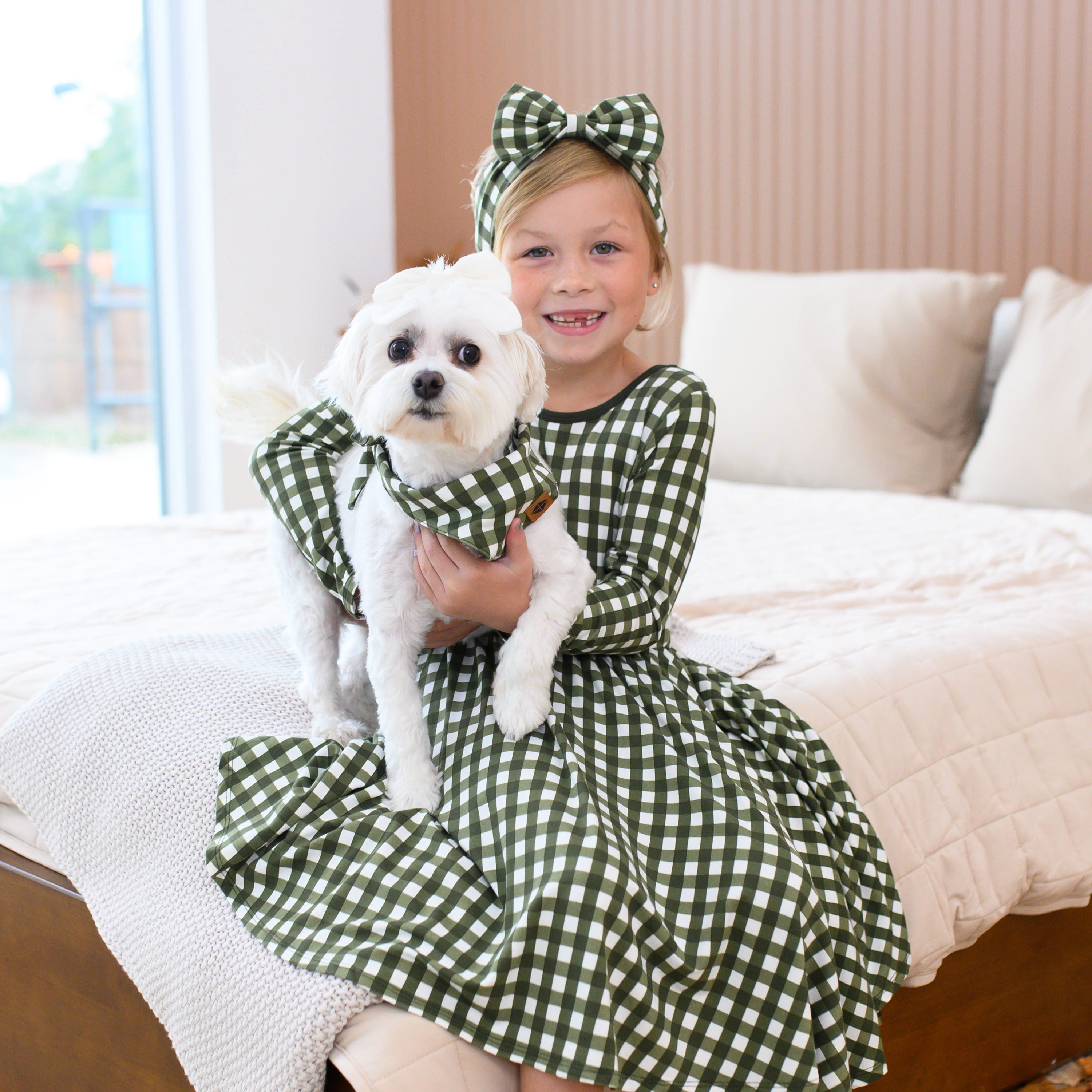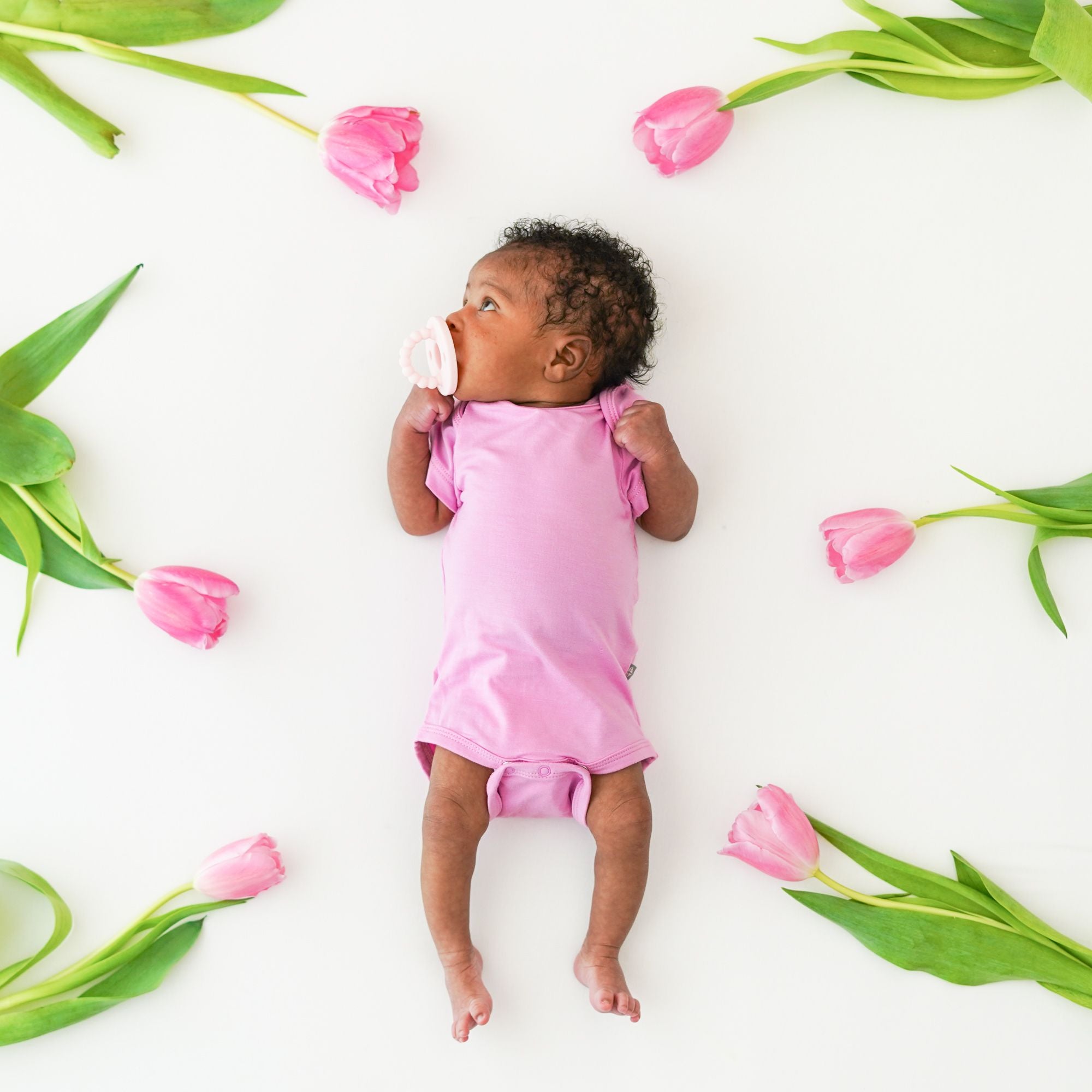The term “terrible twos” has been around for a long time. Used to describe a difficult developmental phase in toddlers, this period is marked by tantrums, outbursts, and defiant behavior. It may not occur at exactly two-years old. This generally begins anywhere from 18 to 30 months of life, and can last until your child is three. One of the hallmark signs? Public tantrums. Oof. While this time is frustrating (like, really frustrating!) for both parent and child (and embarrassing because a screaming toddler at the grocery store is hard for everyone to ignore), it is caused by the intellectual and physical growth your child is experiencing. Having a battle of wills with tiny humans can test anyone’s patience, but is it really fair to label them terrible? Sure, the tantrums might seem terrible at the time, but calling this period “the terrible twos'' seems more like dismissing tantrums as crummy behavior than what it actually is: misunderstood toddlers learning to push boundaries and use their voices. Let’s break down exactly what’s happening at this time for these little ones so that we can understand the reason for the tantrums and be better equipped to handle them.
YOUR TWO-YEAR OLD’S BRAIN
If it feels like your child has gone from sweet little baby to defiant toddler in the blink of an eye, you’re not alone. One of the reasons that parents find this time so challenging and frustrating is because of how rapid mood changes seem to be. One minute, your child is sweetly clinging to you, and the next, they’re breaking away from you and running at top speed. So, what exactly is going on?
Well, your toddler is learning a lot of things at this time. They’re learning how to walk, talk, have opinions on things, and also process the many different emotions they have! Up until now, the world they’ve lived in has been relatively small. Now with their newfound mobility and ability to express their likes and dislikes, they will naturally want to explore their environment.

THE REASON FOR “BAD” BEHAVIOR
Although your toddler is beginning to learn all these new things, their verbal, physical, and emotional skills are still relatively new. In their journey to master these skills, failing to adequately perform a task or communicate something can cause frustration and lead to tears or outbursts. When you really think about it, it’s easy to see how and why this would be frustrating. When we get into an argument or disagreement with someone, and they can’t see our point of view no matter how effectively we are (or, at least, think we are) communicating, we might also feel angry. However, since we’re adults, we know the best way to handle our rising temper is to take a deep breath or walk away before reapproaching the situation. Toddlers do not have the emotional maturity of an adult. If even we as adults find it difficult to contain our exasperation—because, let’s be honest, we’ve all lost our temper at one time or another—we can’t expect our toddlers to suddenly be able to.
While we are fully aware of unspoken rules that exist in our world and the reason for them, young children do not. For instance, we know that eating candy for breakfast is generally unacceptable. The candy may look appealing and we may want to eat it, but we know that eating it is not only bad for us, but also may make us feel sick early in the morning. We know that one piece of candy is okay, but that ten pieces of candy is not. How do we possibly explain this to a toddler? We’d have to go into the logistics of the human body and the nutrients we need to function properly and how candy is just refined sugar, and how refined sugar isn’t good for us. And even if we were to explain all that, the only way we could convince the toddler that it isn’t good for them is if they themselves ate enough of it to physically feel sick. So, we just say “No candy for breakfast.” And our toddlers can’t make sense of it.

HOW TO HANDLE IT
Two-year olds undergo major motor, intellectual, social, and emotional changes, while also understanding more speech than they can express. Because of this, parents are not always able to interpret the reason their children are upset, leading to more frustration on both ends.
Toddler tantrums can look like anything from whining, crying, and screaming, to hitting, kicking, or throwing things. Although you will inevitably lose patience with your toddler, try your best to stay calm. Validate your child’s feelings by acknowledging that they’re upset. If the meltdown occurred after you said “No candy for breakfast,” you can quietly sit next to your toddler and say, “You’re upset because you want to eat your candy now. Sometimes I want to eat candy for breakfast too.” You don’t have to offer a solution. Simply acknowledging that your toddler’s feelings are valid is enough. Most toddler tantrums only last a few minutes, so take that time to be emotionally supportive.
If your child is hitting or kicking, it’s still important to acknowledge their feelings, but also equally important to stop the behavior. Young children have a lot of feelings but not much impulse control, which can lead them to lashing out in physical ways. One way to handle the situation is to say, “I can see that you’re upset and it’s okay to be upset. But, it’s not okay to hit me, so I’m going to move over here to keep myself safe.” What this does is okay the feeling, but not the behavior. It’s important to note that this probably will not come easy, especially if you were parented differently; when your toddler is hitting you, it’s likely to trigger your fight or flight and you will want to react badly. That’s completely normal! However, taking the time to practice (and this is a key word because mindfulness is learned) a mindful and calm response to a stressful situation sets a great example for your child and also more effectively diffuses the tension.
Bedtime can also be another huge challenge at this age. In addition to all the developmental changes a toddler goes through, other changes like transitioning from a crib to a bed may be disrupting their sleep. Children can react badly to big changes because there is safety in routine. One way to combat this sleep regression is to keep the bedtime routine firm. If you have always done bath, book, pajamas, cuddles, then bed, keep doing it in the same order. Tangible things like pajamas, sleep bags, or blankets work very well as sleep cues. If your little one is attached to a lovey, that is also helpful as a sleep aid. When it feels like too many things are changing, being a source of consistency and reassurance for your toddler is the best thing you can do. Oh, and lots and lots of cuddles! Don’t forget that you can’t spoil your child with too much affection!

Child-psychology and psychotherapy expert Alicia F. Lieberman writes, “If adults experienced and enacted the full range of feelings available to an average toddler in the course of a day, they would collapse from emotional exhaustion.” In an article for The Atlantic, Lieberman says:
“There is a new understanding that tantrums, oppositionalism, [and] negativism are not a sign that the child is terrible or that the child’s age is terrible. It’s a sign that the ability of the child to think through a situation has collapsed because of overwhelming feelings of fear and frustration that dysregulates their emotional composure. There is more of an awareness that when we say the “terrible twos” we’re really talking about the adult experience rather than the child’s.”
Toddlers are actually complex beings who are capable of empathy and cooperation. Rather than looking at them as being terrible because they have terrible moments, we should look at them as a whole and recognize that they are no different to us. Treating them with the kindness and respect that they deserve is the best way to guide them through the emotional chaos that is toddlerhood. Dress them in Kyte Baby toddler clothing and pajamas for extra cuteness.
























